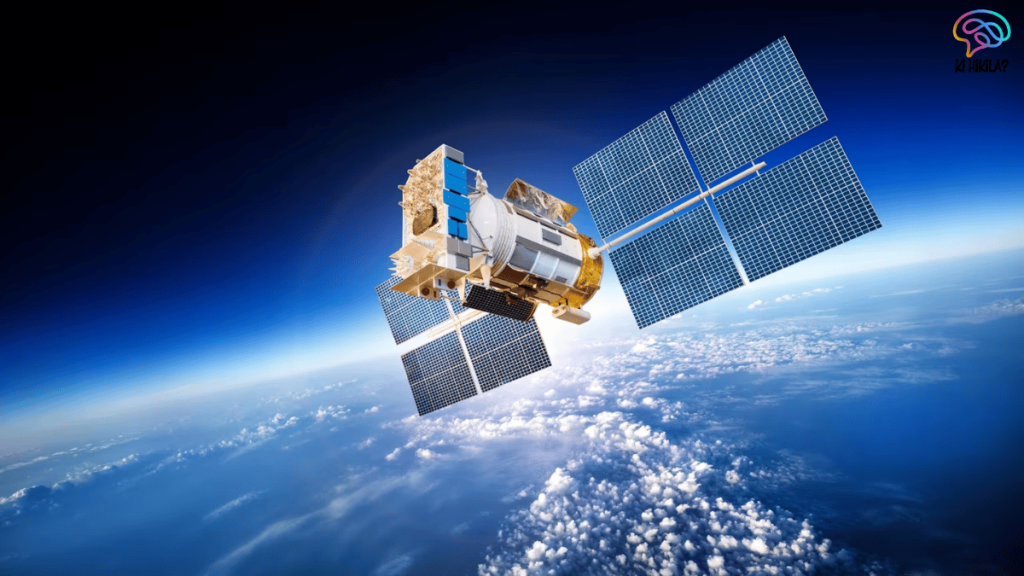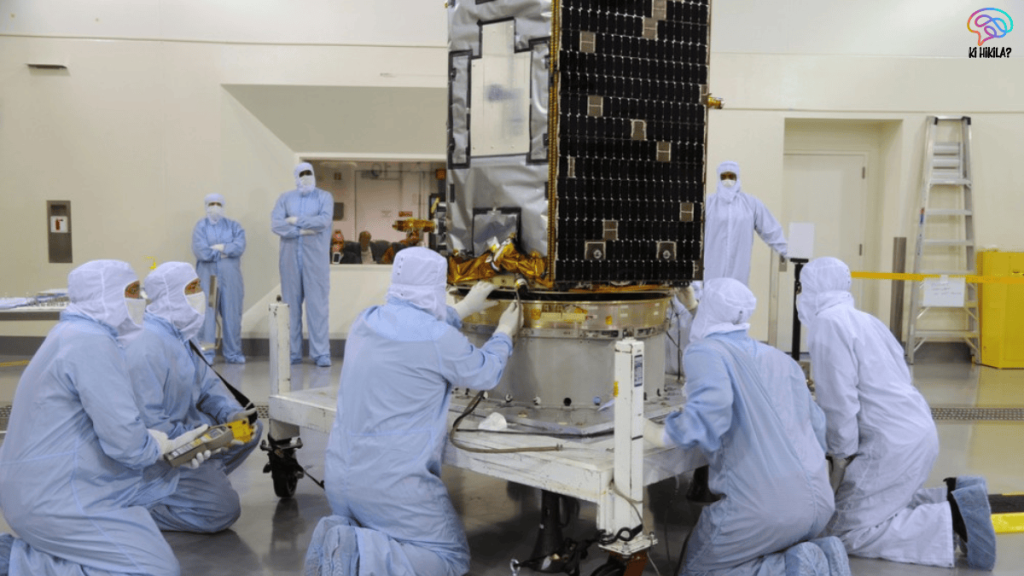NASA’s OCO (Orbiting Carbon Observatory) missions face an uncertain future as the Trump administration’s 2026 fiscal year budget proposal eliminates funding for these vital climate-monitoring satellites. Despite their critical role in tracking global carbon dioxide levels and plant health, NASA plans to terminate the missions, citing alignment with budget priorities. This decision, announced in 2025, has sparked significant concern among scientists, lawmakers, and environmental advocates, who warn of the far-reaching implications for climate science and global environmental policy. The potential loss of NASA’s OCO data threatens to disrupt long-term monitoring efforts essential for addressing climate change.
Background of NASA’s OCO Missions
NASA’s OCO program began with an ambitious goal to monitor atmospheric carbon dioxide, but the original mission failed during launch in 2009 due to a technical fault. Its successor, OCO-2, was successfully launched in 2014 and has since provided high-resolution data on global carbon fluxes. In 2019, NASA expanded the program by deploying OCO-3, an instrument mounted on the International Space Station (ISS). Together, these missions deliver precise measurements of carbon dioxide sources and sinks while also tracking plant health through photosynthesis, offering critical insights into climate change dynamics and ecosystem resilience.
Scientific Significance of NASA’s OCO Data

NASA’s OCO satellites are unparalleled in their ability to detect carbon dioxide sources and sinks worldwide. Their data has revealed groundbreaking findings, such as the Amazon rainforest now emitting more CO2 than it absorbs, a shift with profound implications for global carbon cycles. Conversely, boreal forests in Canada, Russia, and regions with warming permafrost have emerged as unexpected carbon sinks, absorbing more CO2 than they emit. Additionally, NASA’s OCO instruments monitor solar-induced fluorescence, a byproduct of photosynthesis, enabling scientists to assess drought impacts, predict food shortages, and support agricultural planning. This data is invaluable for climate science, informing global environmental policies like the Paris Agreement and aiding farmers, policymakers, and researchers worldwide.
Budget Cuts and NASA’s Stance
The Trump administration’s fiscal year 2026 budget proposal eliminates funding for both NASA’s OCO-2, a free-flying satellite, and OCO-3, the ISS-mounted instrument. NASA has justified the decision by stating that the missions are “beyond their prime” and align with the administration’s budget priorities. However, scientists, including David Crisp, a retired NASA scientist who led the missions’ development, strongly disagree, emphasizing that the satellites remain highly sensitive and produce “exceptionally high-quality” data, as confirmed by a 2023 NASA review. NASA plans to continue operations until the end of the 2025 fiscal year (September 30, 2025), but preparations for mission termination, including the potential deorbiting of OCO-2, are already underway.
Political and Scientific Pushback
The decision to defund NASA’s OCO missions has created a divide in Congress. The House supports the termination, aligning with the administration’s budget cuts, while the Senate advocates for preserving the missions. Democratic lawmakers, including Senator Chris Van Hollen and Representative Zoe Lofgren, have warned that terminating already-funded missions or impounding appropriated funds could violate federal budget law. Scientists are mobilizing to save NASA’s OCO, with efforts to form international coalitions involving partners from Japan and Europe to sustain the OCO-3 instrument on the ISS. However, securing alternative funding for OCO-2, which faces deorbiting and destruction in Earth’s atmosphere, remains a significant challenge.
Challenges in Securing Future Funding
Efforts to preserve NASA’s OCO missions include exploring private or philanthropic funding, but experts like Anna Michalak, a climate researcher at Carnegie Science, argue that such solutions are unsustainable. The annual operating cost of the OCO missions is approximately $15 million, a fraction of the $750 million spent on their development and launch, making their termination a costly loss of taxpayer investment. NASA has opened a call for private groups to take over OCO-3’s operating costs, with proposals due by August 29, 2025. However, the free-flying OCO-2 faces a more dire fate, as deorbiting would permanently end its mission, creating a multiyear gap in critical climate data.
Implications for Climate Science

The potential termination of NASA’s OCO missions threatens to undermine U.S. leadership in climate science and disrupt global environmental monitoring. The satellites’ unique ability to provide high-resolution carbon dioxide and photosynthesis data is unmatched by other systems, current or planned. Losing this data could hinder efforts to track emissions, verify international climate agreements, and anticipate agricultural challenges. As the scientific community and lawmakers rally to save NASA’s OCO, the outcome of the 2026 budget negotiations will determine the future of these critical missions and their role in combating climate change.



